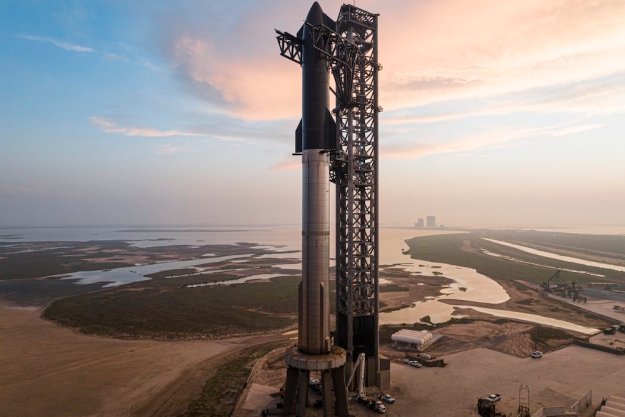Rocket Lab has achieved its 30th Electron rocket launch since its first one in 2017 and deployed its 150th satellite to orbit.
The mission, called The Owl Spread Its Wings, departed Rocket Lab’s launch site in New Zealand on Friday morning local time, Thursday afternoon in the U.S.
Rocket Lab shared a video showing the company’s workhorse Electron rocket blasting skyward.
A short while later, the rocket delivered to orbit a single satellite — the StriX-1 — for Japanese Earth-observation company Synspective.
The satellite is now in a 350-mile (563-kilometer) circular Earth orbit, joining other StriX satellites launched by Rocket Lab in February 2022 and December 2020 as part of Synspective’s Earth-observation satellite constellation.
“Well folks that’s launch 30 and 150 satellites successfully delivered to orbit date,” Rocket Lab CEO Peter Beck said in a tweet shortly after the rocket had lifted off. “It’s difficult to explain just how hard the team works to make it look easy.”
According to Rocket Lab, Friday’s mission was the company’s seventh Electron launch this year, giving it a 100% mission success rate so far for 2022.
The mission also marked the 300th Rutherford engine flown to space on an Electron booster. The engine, designed and built by Rocket Lab, is the world’s first 3D-printed, electric pump-fed orbital rocket engine.
As the company moves toward creating a booster-recovery system, Rocket Lab also pointed out that it recently conducted its first successful test fire of a reused Rutherford first-stage engine.
Unlike its main competitor, SpaceX, which lands the first stage of its boosters upright shortly after launch so that they can be reused in subsequent missions, Rocket Lab is developing a system that uses a helicopter to pluck the Electron’s first stage from the sky as it descends to Earth, slowed by a parachute.
The helicopter wasn’t deployed in Friday’s latest mission, leaving a recovery team to haul the Electron’s booster from the ocean. But, Rocket Lab said it’s planning to make a second attempt at using a helicopter to catch the Electron booster in an upcoming mission following its first effort in May, which was considered a partial success.
For its next-generation rocket, the Neutron, Rocket Lab engineers are hoping to imitate SpaceX’s landing procedure.
In the immediate future, Rocket Lab is preparing to launch its first Electron mission from Launch Complex 2 in Wallops Island, Virginia, as the company seeks to establish a permanent launch base in the U.S., a move designed in part to attract more customers to its commercial satellite deployment service.
Editors' Recommendations
- How to watch SpaceX launch the third flight of its Starship rocket on Thursday
- Watch SpaceX stack its Starship rocket in super-quick time
- Five rocket launches to look out for in 2024
- SpaceX sets new annual launch record for Falcon rockets
- Watch SpaceX’s amazing slo-mo footage of Starship launch


